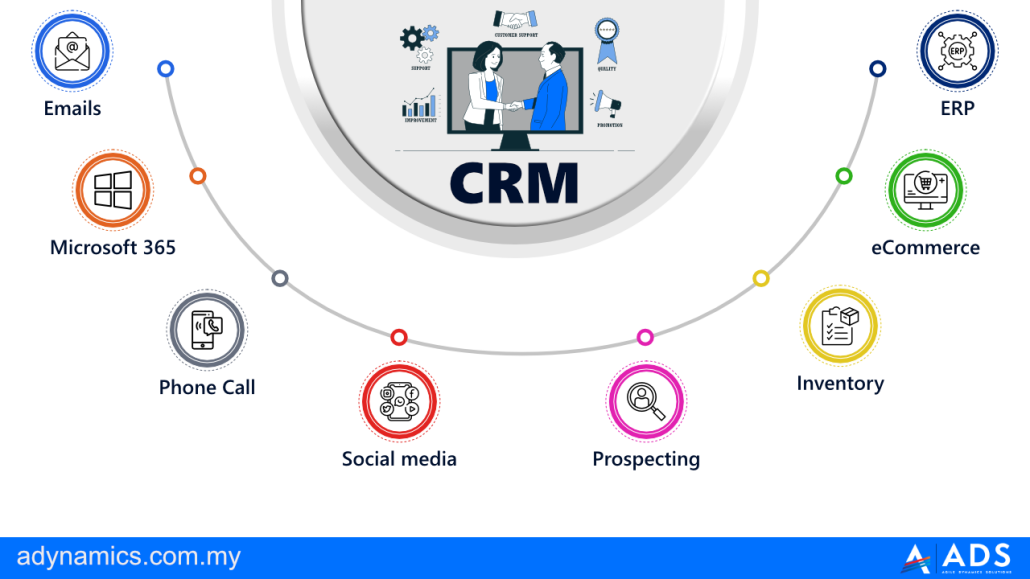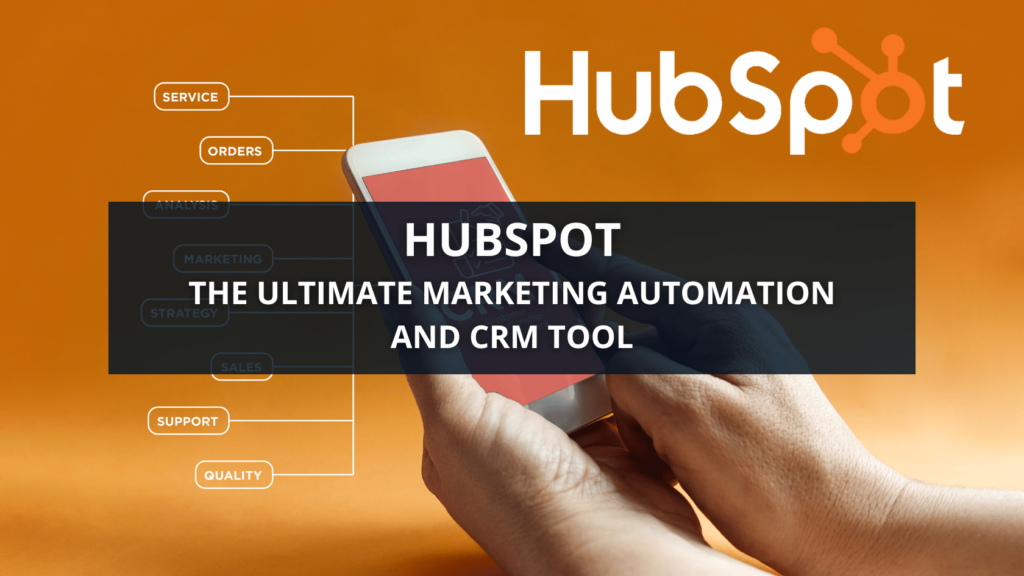
Mastering CRM Marketing: Your Complete Guide to Lead Nurturing and Boosting Conversions
In the dynamic world of digital marketing, staying ahead of the curve requires more than just attracting leads; it demands nurturing them into loyal customers. This is where the power of CRM marketing and lead nurturing comes into play. This comprehensive guide will delve deep into the intricacies of CRM marketing, focusing on lead nurturing strategies that can transform your business. We’ll explore what CRM marketing is, why it’s essential, and, most importantly, how to leverage it effectively to boost your conversion rates and build lasting customer relationships. Prepare to unlock the secrets to lead nurturing and transform your marketing efforts.
What is CRM Marketing? Understanding the Core Concepts
CRM, or Customer Relationship Management, isn’t just about software; it’s a philosophy. It’s a strategic approach to managing all your company’s interactions with current and potential customers. CRM marketing, therefore, is the application of CRM principles and tools to your marketing efforts. It’s about using data to understand your audience, personalize your messaging, and deliver value at every stage of the customer journey. At its heart, CRM marketing aims to build stronger customer relationships, increase customer lifetime value (CLTV), and ultimately, drive revenue growth.
Think of it this way: instead of blasting out generic ads, CRM marketing allows you to tailor your communications to each individual customer. This level of personalization is what sets it apart. It allows you to deliver the right message, to the right person, at the right time. This precision not only increases the likelihood of conversion but also fosters a sense of value and understanding that keeps customers coming back for more.
Key Components of CRM Marketing
- Customer Data Collection: Gathering and organizing customer information from various sources, including website interactions, social media, and sales interactions.
- Segmentation: Dividing your customer base into groups based on demographics, behavior, and preferences.
- Personalization: Tailoring your marketing messages and offers to specific customer segments.
- Automation: Using software to automate repetitive tasks, such as email marketing and lead scoring.
- Analytics and Reporting: Tracking key metrics, such as conversion rates and customer satisfaction, to measure the effectiveness of your CRM marketing efforts.
The Importance of Lead Nurturing in CRM Marketing
Lead nurturing is the process of building relationships with potential customers throughout the sales funnel. It involves providing valuable content and information to move leads closer to a purchase decision. In the context of CRM marketing, lead nurturing is a critical component. It leverages the customer data and insights gathered within your CRM system to deliver targeted, relevant content that addresses the specific needs and interests of each lead. It’s about guiding prospects through the buyer’s journey, from initial awareness to final conversion.
Why is lead nurturing so important? Because most leads aren’t ready to buy the moment they first encounter your brand. They need time to learn about your products or services, build trust, and assess whether you’re the right fit for their needs. Lead nurturing provides the means to do just that. By consistently providing value and staying top-of-mind, you increase the likelihood of converting leads into paying customers. It’s a long-term strategy that pays off handsomely by improving conversion rates and decreasing the cost of acquisition.
Benefits of Effective Lead Nurturing
- Increased Conversion Rates: Nurtured leads are more likely to convert into customers.
- Shorter Sales Cycles: Lead nurturing can accelerate the buying process.
- Improved Customer Lifetime Value: Nurtured customers tend to be more loyal and spend more over time.
- Reduced Cost Per Acquisition (CPA): By improving conversion rates, you can lower your overall marketing costs.
- Enhanced Brand Reputation: Providing valuable content helps establish your brand as a trusted authority.
Building a Robust Lead Nurturing Strategy within Your CRM
Creating a successful lead nurturing strategy within your CRM requires careful planning and execution. It’s not just about sending out a series of emails; it’s about crafting a comprehensive plan that aligns with your business goals and customer needs. Here’s a step-by-step guide to help you build an effective lead nurturing strategy:
1. Define Your Target Audience
Before you can nurture leads, you need to understand who you’re nurturing. Create detailed buyer personas that represent your ideal customers. Consider their demographics, psychographics, pain points, goals, and buying behaviors. This will guide the content you create and the messaging you deliver.
2. Map the Customer Journey
Understand the different stages of the buying process, from awareness to consideration to decision. Map out the content and touchpoints that will resonate with leads at each stage. This will help you deliver the right information at the right time.
3. Segment Your Leads
Don’t treat all leads the same. Segment your leads based on their behavior, demographics, and interests. This allows you to personalize your messaging and deliver more relevant content.
4. Create High-Quality Content
Content is the fuel of lead nurturing. Create a variety of content formats, such as blog posts, ebooks, webinars, videos, and case studies. Tailor your content to the different stages of the buying process and the specific needs of each segment.
5. Design Nurturing Workflows
Use your CRM to create automated workflows that deliver content to leads based on their behavior and stage in the buying process. This could involve sending a series of emails, triggering follow-up calls, or adding leads to specific lists.
6. Implement Lead Scoring
Assign a score to each lead based on their engagement with your content and website. This helps you prioritize your efforts and focus on the leads that are most likely to convert.
7. Track and Analyze Results
Use your CRM’s analytics tools to track the performance of your lead nurturing campaigns. Monitor key metrics, such as open rates, click-through rates, conversion rates, and customer lifetime value. Use this data to refine your strategy and improve your results.
Key Tactics for Effective Lead Nurturing
Now that you understand the strategic framework, let’s delve into the specific tactics you can use to nurture your leads effectively. These tactics, when implemented thoughtfully, can significantly boost your conversion rates and strengthen your customer relationships.
1. Personalized Email Campaigns
Email marketing is a cornerstone of lead nurturing. Craft personalized email campaigns that address the specific needs and interests of your leads. Use their names, reference their previous interactions with your brand, and tailor the content to their stage in the buying process. A generic email blast simply won’t cut it. Instead, personalize your emails to demonstrate that you understand their unique challenges and can provide solutions.
2. Targeted Landing Pages
Direct leads to dedicated landing pages that are specifically designed to convert. The content on these pages should align with the messaging in your nurturing emails. Keep the design clean, the calls to action clear, and the forms concise. Remember, the goal is to make it easy for leads to take the next step.
3. Content Offers and Downloads
Offer valuable content, such as ebooks, whitepapers, and webinars, in exchange for contact information. This gives you an opportunity to capture leads and provide them with valuable information. Make sure the content is relevant to their interests and addresses their pain points.
4. Social Media Engagement
Use social media to engage with your leads and share valuable content. Participate in relevant conversations, answer their questions, and build relationships. Social media provides a great platform to connect with your audience on a more personal level, fostering trust and building brand loyalty.
5. Retargeting Ads
Use retargeting ads to re-engage leads who have visited your website or interacted with your content. Remind them of your brand and highlight the benefits of your products or services. Retargeting is a powerful tool to stay top-of-mind and guide leads through the final stages of the buying process.
6. Sales Follow-Up
Don’t underestimate the power of a personal touch. Have your sales team follow up with qualified leads to answer their questions, provide personalized recommendations, and guide them toward a purchase decision. A well-timed phone call or email from a sales representative can often make all the difference.
Choosing the Right CRM for Lead Nurturing
Selecting the right CRM is crucial for the success of your lead nurturing efforts. The best CRM will depend on your specific business needs and budget. Here’s what to consider when choosing a CRM:
1. Features and Functionality
Look for a CRM that offers the features you need, such as email marketing automation, lead scoring, segmentation, and reporting. Make sure the CRM integrates with your other marketing tools, such as your website and social media platforms.
2. Ease of Use
Choose a CRM that is easy to use and navigate. The more user-friendly the system is, the more likely your team will be to adopt it and use it effectively. Look for a CRM with a clean interface and intuitive workflows.
3. Scalability
Consider your future growth. Choose a CRM that can scale with your business. Make sure it can handle an increasing number of leads, contacts, and data.
4. Integrations
Ensure the CRM integrates with your existing marketing and sales tools. This will streamline your workflows and reduce the need for manual data entry. Integrations can include email marketing platforms, social media management tools, and e-commerce platforms.
5. Pricing
Compare the pricing plans of different CRM providers. Consider your budget and the features you need. There are CRM options available for businesses of all sizes, from small startups to large enterprises.
Measuring the Success of Your Lead Nurturing Campaigns
Tracking your progress is vital. To determine the effectiveness of your lead nurturing efforts, you need to track and analyze key metrics. Here’s what to monitor:
1. Conversion Rates
Track the percentage of leads that convert into customers. This is a primary indicator of your lead nurturing success. Analyze conversion rates at different stages of the funnel to identify areas for improvement.
2. Sales Cycle Length
Measure the time it takes for a lead to move through the sales cycle. A shorter sales cycle indicates that your lead nurturing efforts are accelerating the buying process.
3. Customer Acquisition Cost (CAC)
Calculate the cost of acquiring a new customer. Effective lead nurturing can help reduce your CAC by improving conversion rates and shortening sales cycles.
4. Customer Lifetime Value (CLTV)
Assess the long-term value of your customers. Lead nurturing can increase CLTV by fostering loyalty and encouraging repeat purchases.
5. Email Open and Click-Through Rates
Monitor your email marketing metrics to gauge engagement. High open and click-through rates indicate that your content is relevant and compelling.
6. Website Traffic and Engagement
Track website traffic, bounce rates, and time spent on pages to assess the effectiveness of your content. Analyze which content is resonating with your audience and driving conversions.
Common Pitfalls to Avoid in CRM Marketing and Lead Nurturing
Even with the best intentions, marketers often fall into traps that can undermine their CRM marketing and lead nurturing efforts. Being aware of these pitfalls can help you steer clear of them and maximize your chances of success:
1. Ignoring Data Quality
Poor data quality can sabotage your efforts. Ensure your CRM system is populated with accurate and up-to-date information. Regularly clean and update your data to avoid sending incorrect or irrelevant messages.
2. Lack of Personalization
Failing to personalize your communications is a missed opportunity. Generic, one-size-fits-all messaging is ineffective. Use your CRM data to tailor your content and offers to each individual lead.
3. Sending Too Many Emails
Bombarding leads with excessive emails can lead to unsubscribes and a negative perception of your brand. Find the right balance and respect your leads’ time and inbox space.
4. Not Providing Value
If your content isn’t valuable, your leads won’t engage. Focus on providing information, insights, and resources that address their needs and interests. Don’t just sell; educate and inform.
5. Neglecting Mobile Optimization
Ensure your emails, landing pages, and website are optimized for mobile devices. Many people access their email and browse the web on their smartphones. If your content isn’t mobile-friendly, you’ll lose engagement.
6. Failing to Segment Your Audience
Treating all leads the same is a mistake. Segment your audience based on their behavior, demographics, and interests to deliver more relevant and targeted messaging. Segmentation is key to effective lead nurturing.
7. Not Measuring and Optimizing
Failing to track your results and make adjustments is a recipe for failure. Regularly monitor your key metrics, analyze your performance, and refine your strategy based on your findings. Continuous optimization is crucial for long-term success.
Conclusion: Transforming Your Business with CRM Marketing and Lead Nurturing
CRM marketing and lead nurturing are essential components of a successful marketing strategy in today’s competitive landscape. By leveraging the power of CRM to understand your customers, personalize your messaging, and nurture leads through the sales funnel, you can significantly improve your conversion rates, build stronger customer relationships, and drive revenue growth.
Remember, it’s not just about implementing CRM software; it’s about embracing a customer-centric philosophy. By focusing on providing value, building trust, and delivering exceptional experiences, you can transform your business and achieve lasting success. Start by defining your target audience, mapping the customer journey, and creating high-quality content. Then, implement personalized email campaigns, targeted landing pages, and social media engagement strategies. Don’t forget to track your results, measure your progress, and make adjustments as needed. With a well-defined strategy and a commitment to continuous improvement, you can master CRM marketing and lead nurturing and unlock the full potential of your business.
So, take the leap and embrace the power of CRM marketing and lead nurturing. Your customers, and your bottom line, will thank you for it.

